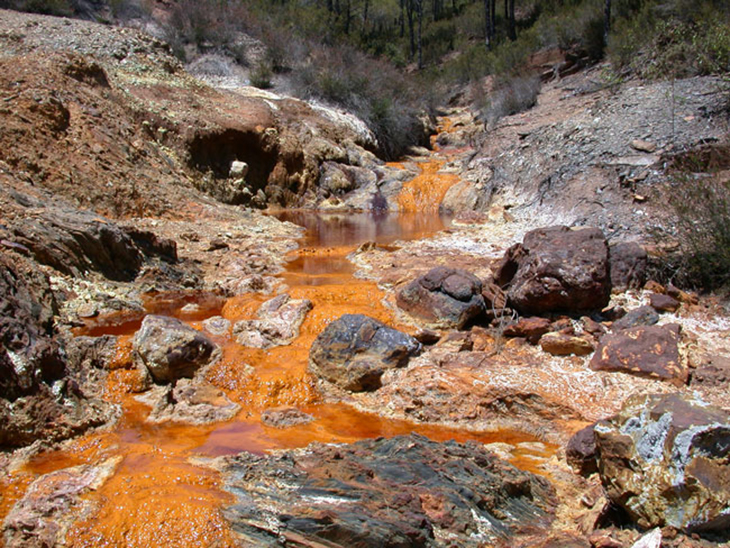
A collaborative effort between Australian and Canadian scientists and engineers has led to a groundbreaking discovery: the transformation of mine waste, known as ‘tailings’, into fertile soil capable of supporting crops like maize and sorghum. Traditionally, tailings are the residual waste left after valuable metals are extracted from mined material. These tailings are hazardous due to heavy metal contamination and are usually stored to prevent environmental pollution.
In an innovative approach to address the environmental and financial challenges posed by storing toxic tailings, researchers from the University of Queensland and the University of Saskatchewan embarked on a mission. Their goal was to breathe life back into these barren rocks by reintroducing microbial organisms, with the aim of converting them into nutrient-rich soil. The success of this endeavor not only holds the promise of saving billions of dollars in storage fees but also mitigates the risk of disasters associated with the breakdown or abandonment of storage facilities.
This transformative process not only offers a sustainable solution to the issue of mine waste but also opens doors to agricultural productivity in previously barren areas.
“Tailings have no biologically friendly properties for growing plants. Roots and water cannot penetrate them, and soluble salts and metals in tailings can kill plants and soil microbes,” said Longbin Huang, a professor at the Univ. of Queensland. “If you wait for nature to slowly weather the tailings and turn them into soil, it could take a couple thousand years.”
Utilizing the Canadian Light Source (CLS), Huang and his research team have devised a method to expedite the re-establishment of soil microbes in the tailings.
The CLS, a colossal synchrotron, operates as a circular particle accelerator. It achieves this by propelling charged particles (electrons) through a series of magnets until they attain velocities approaching the speed of light.
By harnessing the synchrotron light generated by the CLS, the scientists were able to observe the intricate mechanisms involved in their successful creation of organic-mineral interfaces and the subsequent rejuvenation of the tailings.
“We needed to use the SM beamline to unravel at the nanometer scale the immediate interfaces and how the minerals change, and how they interact with organics,” Huang shared. “The facility access and the expert inputs of the beamline staff were critical to enable us to collect quality data and therefore to have reliable scientific evidence.”
The scientists utilized their data to effectively reintroduce soil microbes into mine tailings, following the addition of plant mulch. These microbes play a vital role by consuming specific organic remnants and minerals, transforming them into what scientists commonly term as soil particles.
“You have microbially active surfaces in soil crumbs that develop a porosity in compacted tailings that allows the gas, water, roots, and microbes to survive, just like in arable soil,” Huang added. “Therefore, the dead mineral matrix of tailings becomes a soil-like media that will enable plants to grow.”
Huang also pointed out that this process, which can take as little as 12 months, has the potential to rejuvenate soils damaged by over-farming, excessive use of fertilizers, and the impact of climate change.
Mining is undeniably essential for our modern society. Many of the world’s largest copper and iron mines have been operational for decades, some even centuries. With global copper demands projected to double by 2050, finding sustainable solutions for mine waste is crucial.
There has been ongoing concern about the depletion of the world’s topsoil, with predictions suggesting it has a limited number of harvests left before turning into lifeless dust, although this claim is heavily debated.
Nevertheless, Huang and his team appear to have found a way to overcome two challenges at once, using nothing more than soil, mulch, tailings, and microbes.
What are your thoughts? Please comment below and share this news!
True Activist / Report a typo


